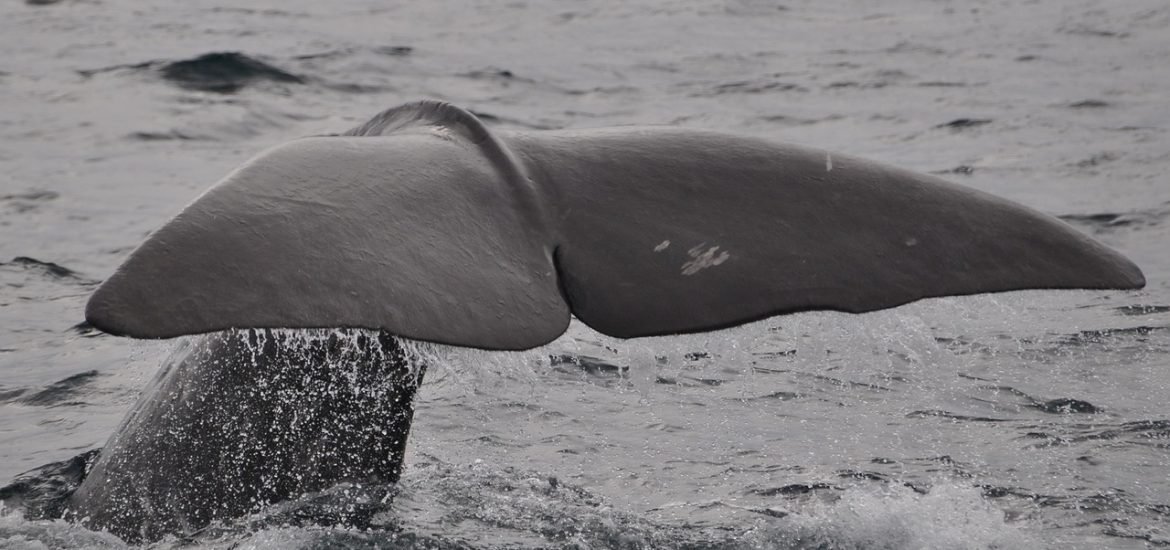
Norwegian team developed a way to use fibre-optic cables to identify different whale species and follow them in real-time, according to a study published in Frontiers of Marine Science.
Many fibre-optic cables line the bottom of the oceans. These were originally developed to support communications, but researchers are exploring ways to use this worldwide network to detect earthquakes and follow whales as they travel.
Using two almost parallel fibre-optic cables located in the Norwegian archipelago of Svalbard, a team from the Norwegian University of Science and Technology (NTNU) tracked eight fin whales along a section of the cable for five hours. “This work demonstrates how we were able to simultaneously locate and follow these whales over an 1800 km2 area — with relatively low infrastructure investment,” said Martin Landrø, head of the Centre for Geophysical Forecasting and a member of the team who did the work.
The researchers used Distributed Acoustic Sensing (DAS), which sends laser pulses into a fibre-optic system and records the returning pulses. Essentially, DAS turns the fibre-optic cables into a series of hydrophones.
The team started exploring this idea back in 2020, during the height of the COVID pandemic. At the time, they managed to record 40 days and identified more than 800 whale songs and calls. Since then, the team has expanded its ability to identify different species of whales and record them in real-time using the fibre-optic cables in Svalbard.
For this study, they used nearly parallel 250 km long fibre-optic cables that run from Longyearbyen in Svalbard to Ny-Ålesund, a research outpost to the northwest. This allowed the researchers to follow the whales covering an area of roughly 1800 km2. “This shows that the two fibre cables are a very effective means of monitoring whales in the Arctic,” Landrø said. The team hopes this method can help researchers learn more about whales, as well as develop a way to avoid collisions with ships.
“The capabilities demonstrated here establish the potential for a near-real-time whale tracking capability that could be applied anywhere in the world where there are whales and fiber-optic cables,” the researchers wrote. “Coupled with ship detection, using a similar approach ….a real-time collision avoidance system could be developed to reduce ship strikes.”
Rørstadbotnen RA, Eidsvik J, Bouffaut L, Landrø M, Potter J, Taweesintananon K, Johansen S, Storevik F, Jacobsen J, Schjelderup O, Wienecke S, Johansen TA, Ruud BO, Wuestefeld A and Oye V (2023) Simultaneous tracking of multiple whales using two fiber-optic cables in the Arctic. Front. Mar. Sci. 10:1130898. DOI=10.3389/fmars.2023.1130898